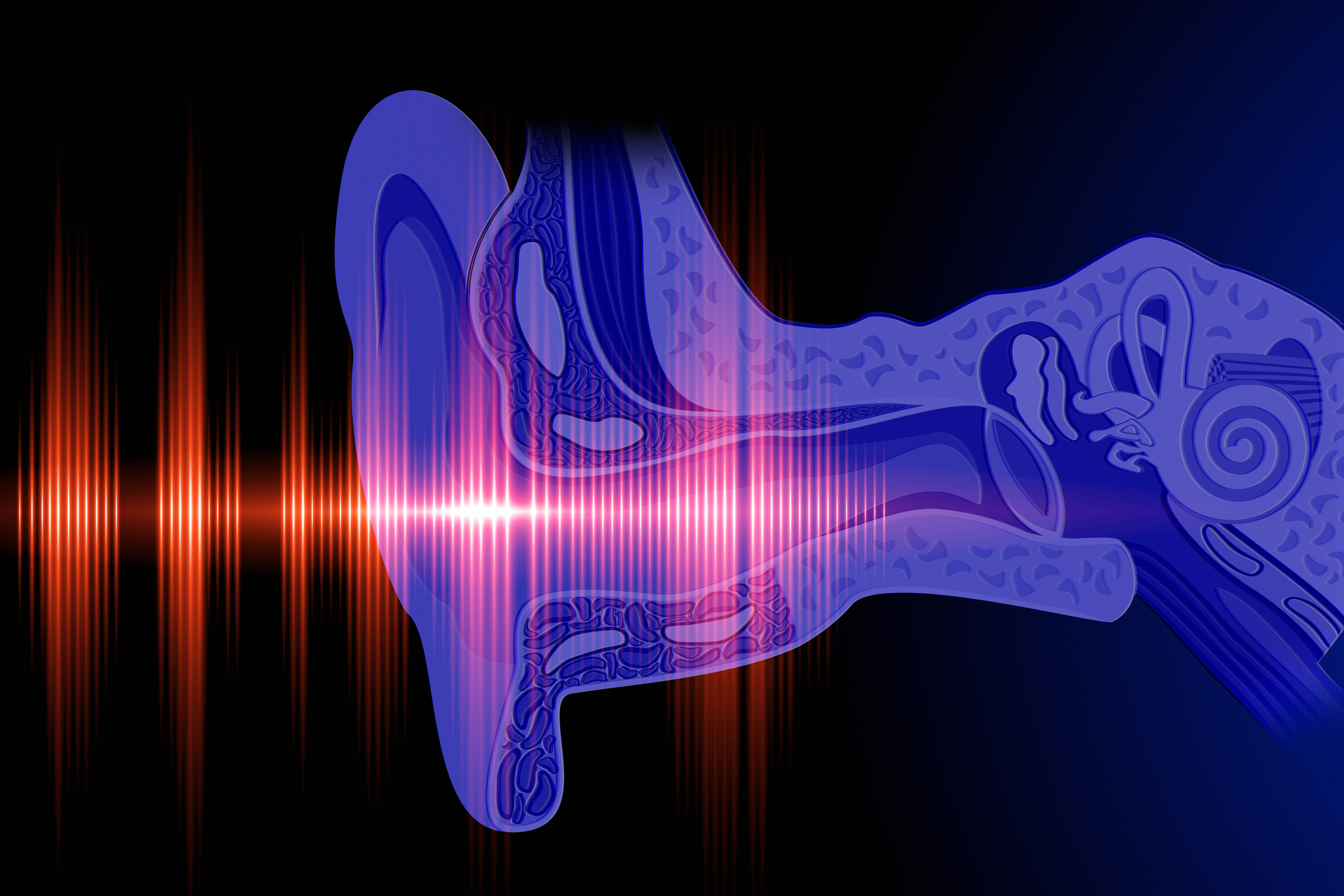
""This study transcends the importance it has for hearing and treating deafness," said Jaime García-Añoveros, PhD, professor of Anesthesiology and Neuroscience and in the Ken and Ruth Davee Department of Neurology, who was senior author of the study. "Using genetic means, we can switch one cell into another and then observe in early, middle, or late development, what it is doing to the other cells that form the organ. This is something that one would want to do in every other organ.""
"The research, conducted in mice, focused on the organ of Corti-a finely structured part of the cochlea that converts sound vibrations into electrical signals for the brain. This organ is composed of two types of sensory hair cells and six types of supporting cells, arranged in a precise 11-row mosaic. The study revealed how inner hair cells (IHCs), one of the two sensory cell types, act as developmental architects, guiding the formation and organization of their neighboring supporting cells."
Inner hair cells (IHCs) in the organ of Corti guide formation and spatial arrangement of neighboring supporting cells during cochlear development. Genetic manipulation and IHC ablation in mice reveal IHCs promote outer pillar cell formation while suppressing Deiters' cell development, ensuring distinct cellular rows. IHCs are essential for early formation of inner phalangeal cells and attract these cells to envelop them throughout development. IHCs therefore act as developmental architects, actively directing the fate, positioning, and organization of adjacent supporting cells rather than passively coexisting. These mechanisms shape the precise 11-row mosaic that converts sound to neural signals.
Read at News Center
Unable to calculate read time
Collection
[
|
...
]